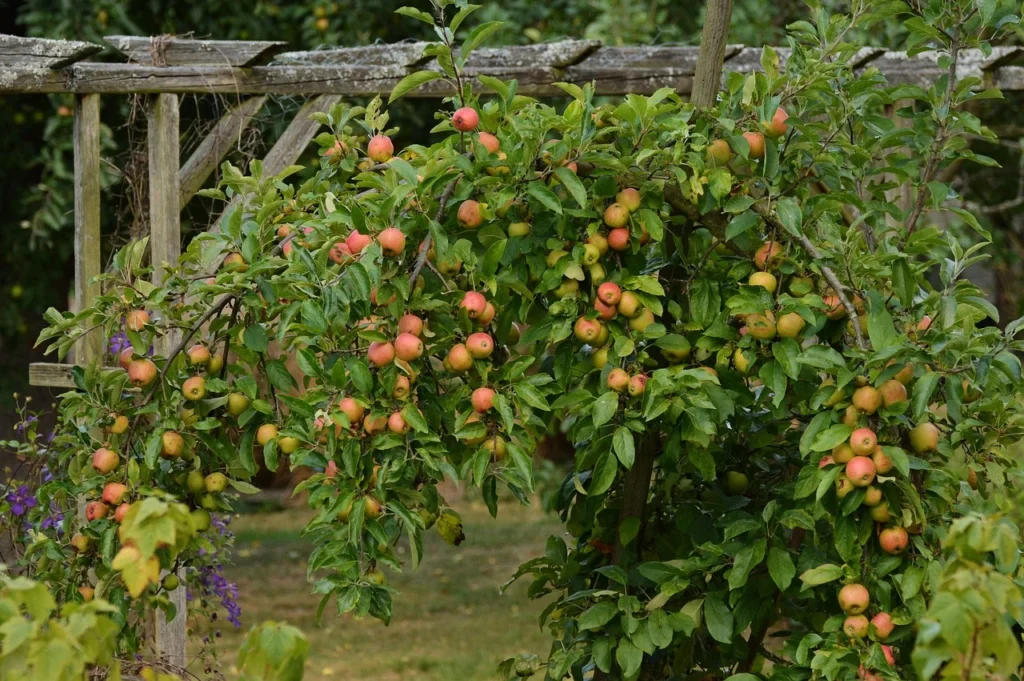Best tips of Crop Rotation in Your Vegetable Garden
If you’re a vegetable gardener in the USA, you may have heard about crop rotation, but do you know why it’s so important? Crop rotation is more than just changing the location of your vegetables each year. It is a practice that can significantly improve the health of your soil, manage pests, and boost your garden’s productivity. Let’s explore why crop rotation is a must and how you can implement it effectively in your garden.
What is Crop Rotation?
Crop rotation is the practice of planting different types of vegetables in different spots in your garden from one year to the next. By rotating your crops, you avoid growing the same vegetable (or vegetables from the same family) in the same place for multiple years in a row.
For example, if you grew tomatoes in a particular bed this year, next year you would plant a crop from a different family, like beans or carrots, in that same space. This system helps prevent soil depletion and disrupts the life cycles of pests and diseases.

Benefits of Crop Rotation
1. Soil Health and Nutrient Balance
Different plants have different nutrient needs. For instance, leafy greens like lettuce and spinach are heavy feeders that require lots of nitrogen, while legumes like beans and peas actually fix nitrogen in the soil. By rotating crops, you can balance nutrient demands and ensure that no single nutrient is overly depleted from the soil.

Including legumes in your crop rotation plan is especially beneficial, as they help enrich the soil with nitrogen, which can then be utilized by nitrogen-hungry crops like tomatoes or corn in the following season.
2. Pest Control
Certain pests specialize in specific plants. When the same crop is grown in the same spot year after year, it creates an ideal environment for these pests to thrive. By rotating crops, you disrupt their habitat and break the pest life cycle, reducing the likelihood of infestations.
For example, if you’ve had trouble with cabbage worms on your brassicas (like cabbage, broccoli, or kale), rotating those crops to a different bed and replacing them with a non-brassica crop can keep the pest population in check.
3. Disease Management
Soil-borne diseases can linger in the ground for years, infecting plants of the same family over successive growing seasons. Rotating crops minimizes the chance of disease recurrence, as diseases specific to one plant family (like tomato blight or clubroot in brassicas) are less likely to affect unrelated crops.
For gardeners growing tomatoes, peppers, or eggplants, crop rotation is particularly important to prevent issues like fusarium wilt or verticillium wilt, which can stay in the soil long after the plants have been removed.
For more information about how to plant eggplant seeds you can read the folowing post:
https://fine-gardening.com/how-to-plant-eggplant-seeds/
4. Improved Yields
By maintaining healthier soil and managing pests and diseases, crop rotation can lead to increased vegetable yields. Healthy plants are more productive, and when their specific nutrient needs are met through crop rotation, they will grow more vigorously and produce better harvests.
How to Plan Your Crop Rotation
Planning your crop rotation might seem daunting, but once you understand a few key principles, it becomes easier to implement. Here are some steps to get you started:
1. Divide Your Garden into Sections
Break your garden into 3-4 sections or beds. This will allow you to rotate crops between beds in a systematic way. The more defined your garden layout, the easier it will be to rotate crops annually.
2. Group Crops by Plant Family
To rotate crops effectively, it’s important to know which plants belong to the same family. Common vegetable families include:
- Brassicas: Cabbage, broccoli, cauliflower, kale
- Legumes: Beans, peas
- Solanaceae: Tomatoes, peppers, eggplants, potatoes
- Cucurbits: Squash, cucumbers, pumpkins, melons
- Root Crops: Carrots, beets, radishes, onions Group your crops based on these families and rotate them annually to different beds.
3. Create a 3-Year or 4-Year Rotation Plan
A simple rotation plan might look like this:
- Year 1: Grow legumes in Bed 1, brassicas in Bed 2, and root crops in Bed 3.
- Year 2: Move legumes to Bed 2, brassicas to Bed 3, and root crops to Bed 1.
- Year 3: Rotate again, ensuring no crop is planted in the same bed two years in a row.
If you have more space or more crops, you can extend this to a 4- or 5-year rotation plan.
4. Use Cover Crops
In between your main vegetable growing seasons, consider planting cover crops (like clover or rye) to further improve soil health and manage weeds. Cover crops add organic matter to the soil, protect it from erosion, and even help with pest control by attracting beneficial insects.

A Final Word on Crop Rotation
While it may seem like a lot of planning, crop rotation is one of the most effective ways to keep your vegetable garden thriving year after year. It doesn’t require expensive tools or intensive labor—just some forethought and a basic understanding of your plants’ needs. By rotating your crops, you’ll build healthier soil, ward off pests, and enjoy better harvests season after season.

Happy gardening, and may your vegetables grow lush and abundant! If you have any crop rotation tips or questions, feel free to share them in the comments below.
This guide offers practical insights for gardeners across the USA. Whether you’re just starting out or looking to improve your yields, rotating crops will set your garden up for long-term success!

Leave a Reply